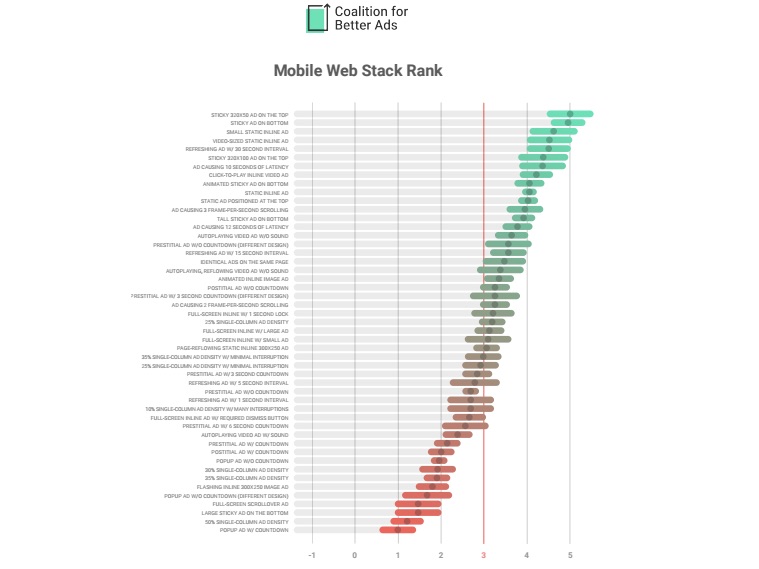According to reports last week, Google is planning to add a default ad-blocking extension to its mobile and desktop versions of the Chrome browser, the world’s most used browser. So why would Google–the largest, by far, online advertising platform on the web–block ads? Easy answer: Someone has to or we’ll all look for ways to block all ads.
According to the initial report by the Wall Street Journal, Chrome will only target “unacceptable ads” as defined by the Coalition for Better Ads. The report says “people familiar with the plans” describe the move as a “defensive” one. Ad blockers are gaining in popularity, and with Chrome’s 50+ percent browser market share and auto-updating ability, the Chrome ad blocker would instantly become the most widely used solution out there.
The conspiracy theories begin
According to Arstechnica, this would give Google control over the ad-blocking market, the ad industry as a whole, and even over its competitors, which offer many of the “unacceptable ad” formats the coalition is targeting.
Quote:
“Third-party ad-blocking solutions like Adblock Plus actually charge web sites money to display ads to Adblock Plus users, and Google is a member of this whitelist-for-cash program. Running its own ad-blocking program might shut out, or at least reduce, the fees the company pays to third parties like Adblock Plus. Chrome already blocks window-spawning pop-up ads, but the move to block even more ads would still be a counter-intuitive one. To beat the ad blockers, Google must become an ad blocker.”
For a guide to the Google ad blocker conspiracy theories, visit Digiday’s roundup.
The ad formats and ‘experiences’ likely to be auto-blocked by Google
For those who don’t care to view Google’s motives from a grassy knoll, the research by the Coalition for Better Ads identified the types of ads that rank lowest across a range of user experience factors. More significantly, the Coalition’s research suggests that the volume of such ads correlates with the likelihood of the use of adblockers. In other words, if Google and others don’t do something about the ad formats that cause users to install ad blockers, those users will take matters into their own hands. Besides, it would only be a conspiracy if Google tried to claim exclusivity on blinking “coming soon” signs and dancing mortgage loans.
Here are the most hated formats on the web. If your business uses any of these, go ahead and start pulling hook.



The mobile ads we think are okay, and the ones we hate
An interesting graphical interpretation of the Coalition for Better Ads’ research into what are the most unpopular ad formats and “experiences.” It’s impossible to read in this small size, so click to download a PDF of the ranking.
istock
Coalition for Better Ads

